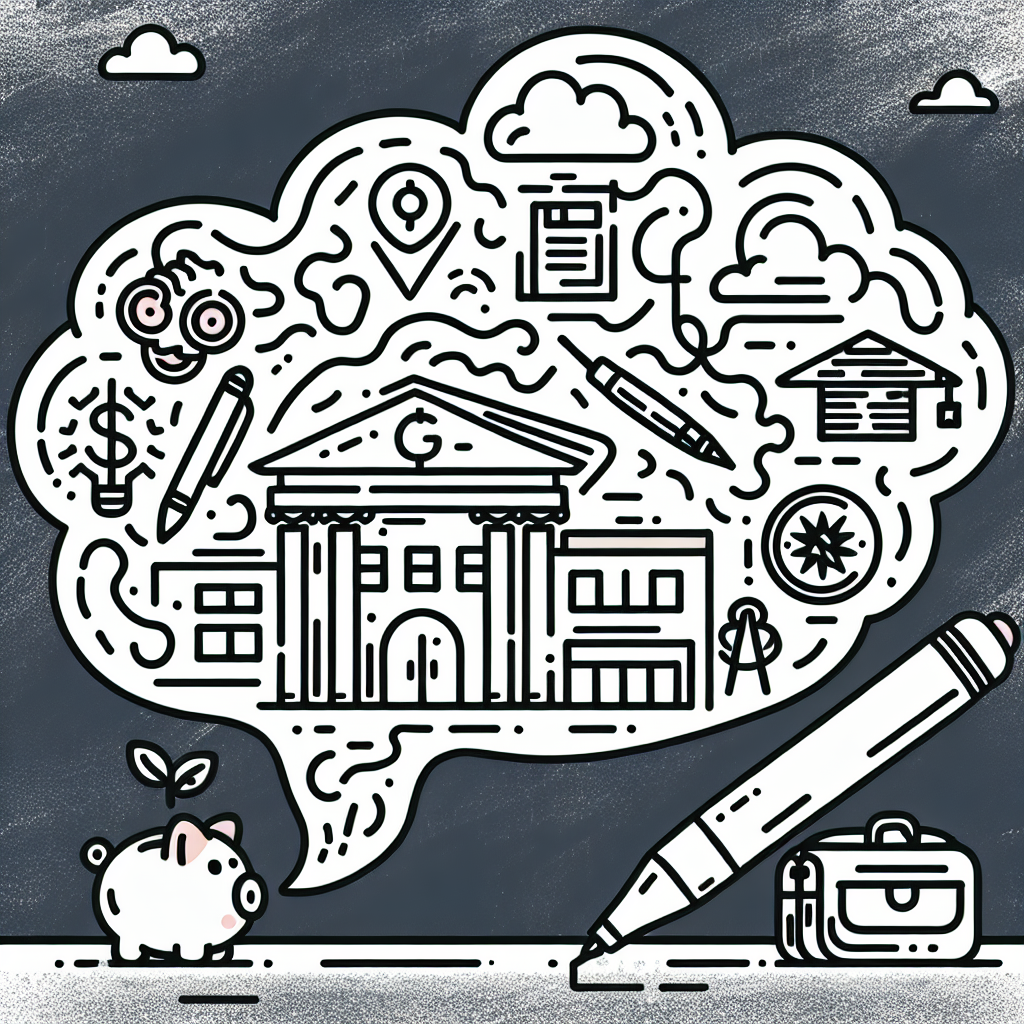Introduction
Digital literacy for students refers to the ability to use digital tools, technologies, and platforms effectively and responsibly in a 21st-century educational context. This includes skills such as navigating the internet, evaluating online information, using productivity software, and understanding digital communication norms.
In today’s learning environments, digital literacy is essential for academic success. Students are expected to conduct research online, collaborate using digital platforms, and submit assignments through learning management systems. Beyond academics, digital literacy prepares students for the modern workforce, where digital tools are integral to nearly every industry. It also enables students to participate in civic life by accessing information, engaging in digital discourse, and making informed decisions.
However, cultivating digital literacy for students presents both challenges and opportunities. Unequal access to technology, varying levels of instructor expertise, and the rapid pace of technological change can hinder progress. At the same time, digital tools offer innovative ways to enhance learning, personalize instruction, and foster critical thinking skills. Addressing these dynamics is key to preparing students for success in a digital world.
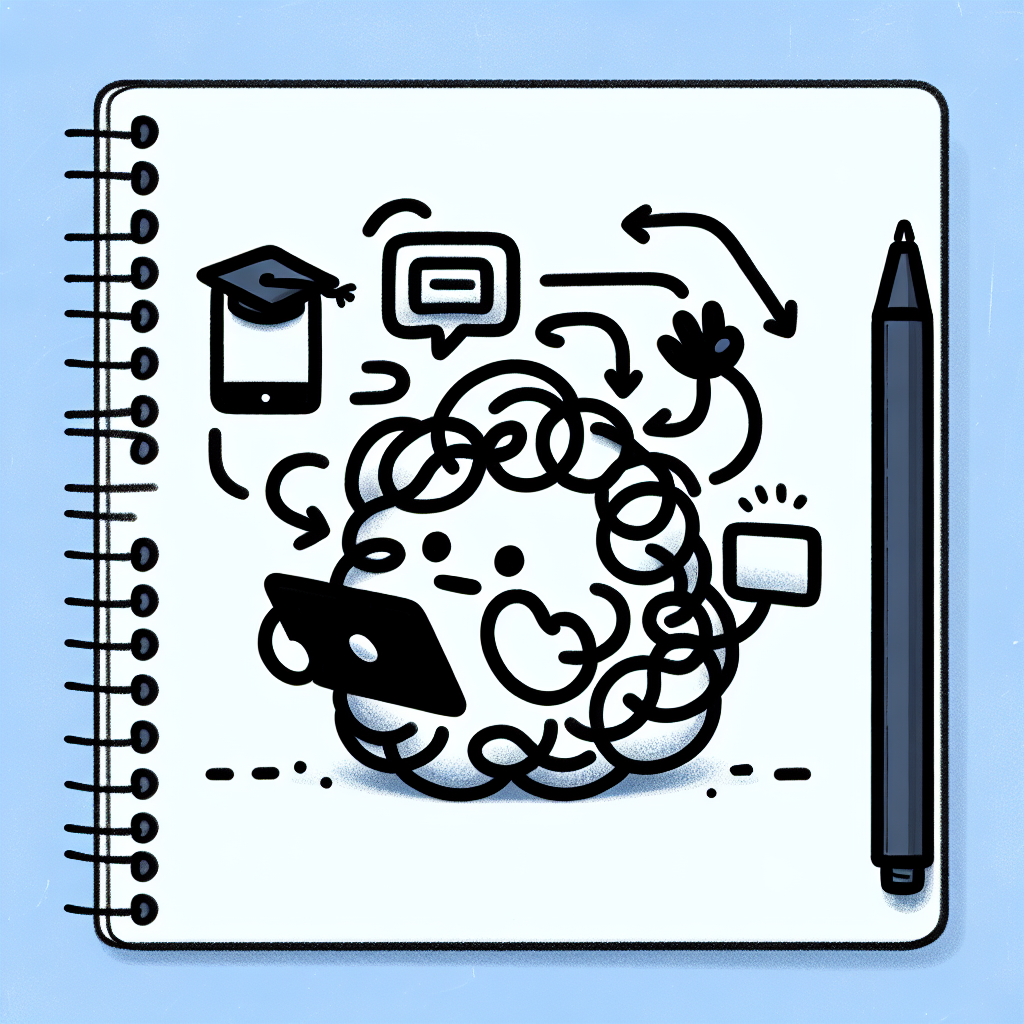
Understanding the Scope of Digital Literacy
Core Components of Digital Literacy
Digital literacy for students encompasses a range of competencies that are essential for effective participation in today's digital world. These core components include:
- Technical skills: Students need foundational abilities such as operating computers, using productivity software, and navigating digital interfaces. These skills are the building blocks for more advanced digital engagement.
- Information literacy: The ability to locate, evaluate, and synthesize information from online sources is crucial. Students must discern credible content from misinformation and apply critical thinking when consuming digital information.
- Media literacy: Understanding how media messages are constructed, identifying bias, and recognizing persuasive techniques are key elements. Media literacy enables students to analyze and critique content they encounter across platforms.
- Digital communication and collaboration: Proficiency in using digital tools for communication—such as email, messaging platforms, and collaborative documents—is vital. Students must also learn norms and etiquette for effective virtual teamwork.
- Digital ethics, safety, and citizenship: This includes understanding privacy rights, practicing safe online behavior, and engaging respectfully in digital communities. Students should be aware of the consequences of their online actions and contribute positively to digital spaces.
Why Digital Literacy Matters for Students
Digital literacy for students is fundamental to success in academic and professional environments. First, it prepares students for the demands of the modern workforce, where digital tools and platforms are standard. Employers increasingly seek individuals who can adapt to digital technologies and solve problems effectively using digital resources.
Second, digital literacy enables students to participate meaningfully in a digitally connected society. From civic engagement to social interaction, students equipped with digital skills can make informed decisions and contribute responsibly.
Finally, digital literacy supports critical thinking and problem-solving. Navigating complex digital environments requires students to analyze information, evaluate sources, and make reasoned judgments—all of which are essential for lifelong learning and adaptability.
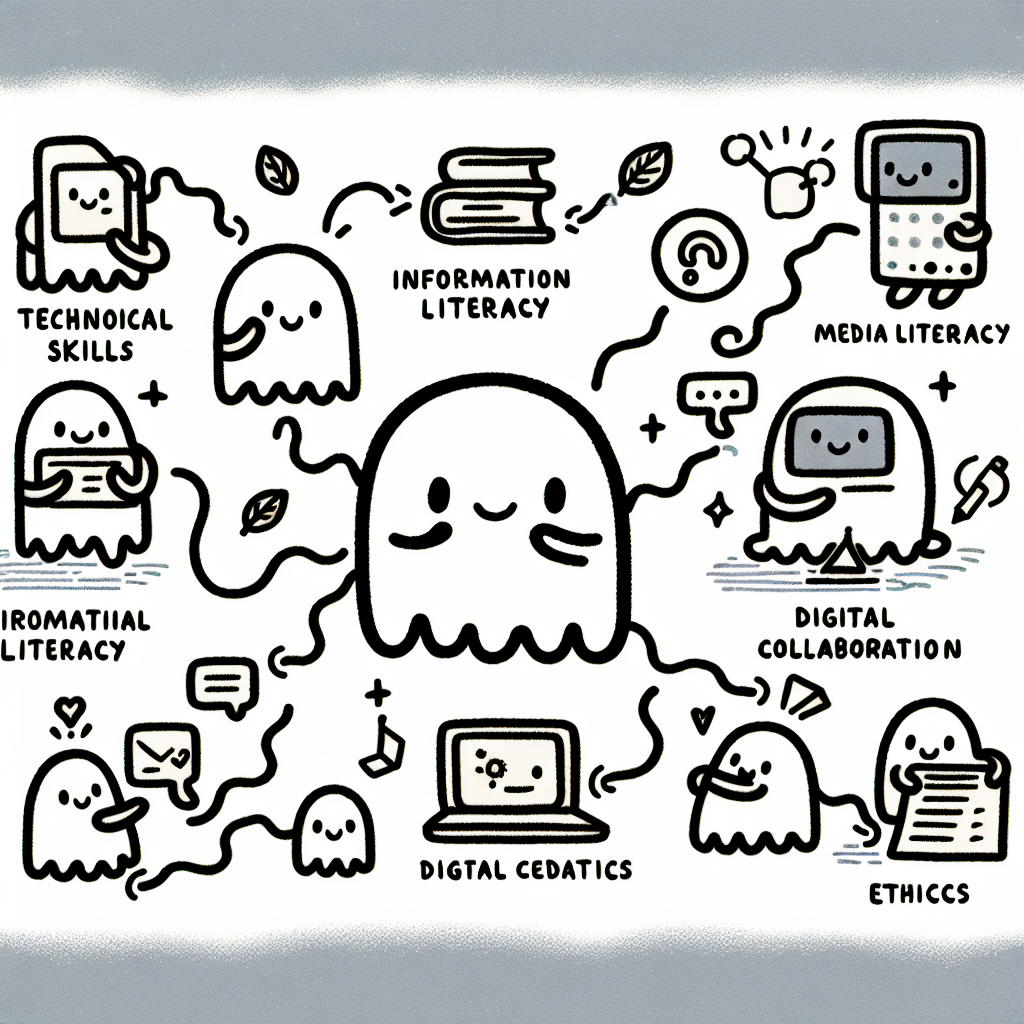
The Digital Divide: Barriers to Access
Socioeconomic and Language-Based Access Gaps
A significant challenge to improving digital literacy for students is the unequal access to technology and internet resources. One of the most pressing disparities involves home internet access. According to data from the U.S. Census Bureau, only 51% of households where English is not the primary language have internet access, compared to 76% of English-fluent households (U.S. Census Bureau). This gap highlights the intersection of language barriers and socioeconomic status in limiting digital opportunities.
Device availability and affordability also play a crucial role. Students from low-income families may lack access to computers, tablets, or smartphones necessary for developing digital literacy skills. Even when devices are available, they may be shared among multiple family members, reducing consistent access for schoolwork.
Geographical disparities further deepen the divide. Rural communities often face limited broadband infrastructure, resulting in slower or unreliable internet connections. In contrast, urban areas typically have better access, though affordability can still be a barrier.
Implications for Equity in Education
These access gaps hinder the development of essential digital literacy for students. Without reliable internet or personal devices, students struggle to complete homework, participate in remote learning, and engage with digital educational tools. This contributes to a widening academic achievement gap, as students with consistent access progress faster in developing digital competencies.
Moreover, the lack of access disproportionately affects historically marginalized groups, reinforcing existing educational inequalities. As digital literacy becomes increasingly critical for academic and career success, ensuring equitable access is essential to provide all students with the tools they need to thrive in a digital world.

Integrating Digital Literacy into School Curricula
Embedding Digital Skills Across Subjects
To effectively promote digital literacy for students, schools need to embed digital competencies throughout the curriculum. In language arts, students can be taught digital research skills, such as evaluating online sources, using academic databases, and properly citing digital content. STEM courses offer opportunities to integrate coding and data analysis, helping students build technical skills and computational thinking. In social studies and humanities, encouraging students to critique media sources fosters analytical thinking and awareness of bias, which are essential components of digital literacy.
Media Literacy as a Foundation
Media literacy is a foundational aspect of digital literacy for students. A Stanford University study found that many high school students struggle to distinguish between sponsored content and legitimate news articles (Stanford Study). This highlights the urgent need to incorporate media literacy instruction within school curricula. Teaching students how to critically evaluate digital content helps combat misinformation and equips them with the skills required to navigate an increasingly complex media landscape.
Teacher Training and Curriculum Development
The successful integration of digital literacy for students depends heavily on teacher readiness and curriculum quality. Schools must invest in professional development focused on digital pedagogy to ensure educators are confident and competent in teaching with technology. Providing access to current curriculum resources supports effective lesson planning and classroom implementation. Additionally, collaborative learning models can enhance digital fluency by encouraging peer-to-peer learning and shared problem-solving in a digital context.
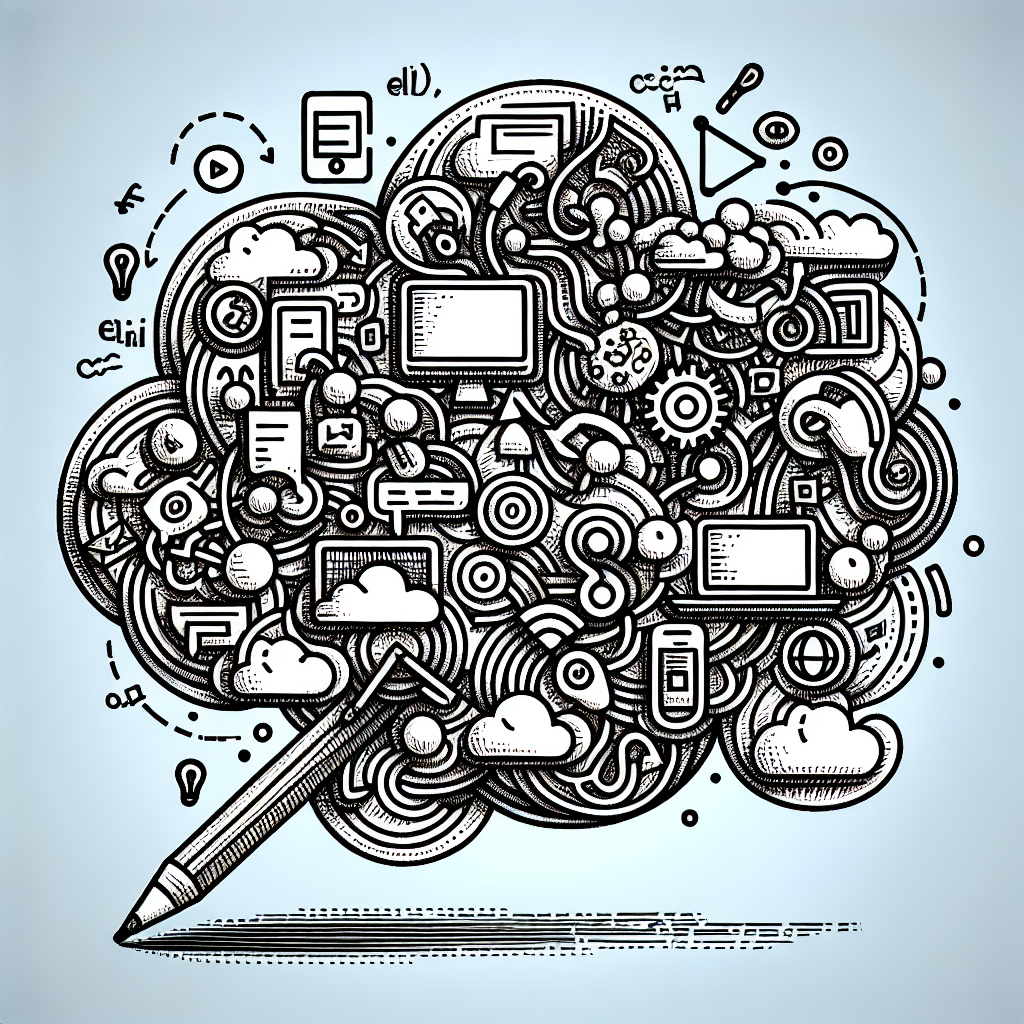
Technology as a Literacy Enabler
Leveraging Educational Technology Tools
Educational technology plays a critical role in enhancing digital literacy for students. Learning management systems (LMS) like Google Classroom and Canvas help students organize assignments, access resources, and communicate with instructors digitally. Interactive media, such as videos and simulations, provide dynamic ways for students to engage with content. Gamified apps encourage participation through rewards and challenges, making the learning process more engaging and reinforcing digital navigation skills.
Blended and flipped classroom models further support digital literacy. In these models, students interact with digital content outside class and use in-person time for collaboration and discussion. This approach not only familiarizes students with digital platforms but also builds their ability to find, evaluate, and apply information online.
Out-of-School Learning Opportunities
Out-of-school learning environments are also essential for developing digital literacy for students. Digital libraries and at-home learning tools provide access to reading materials and educational content outside the classroom. A University of Chicago study found that providing families with tablets preloaded with digital libraries led to increased parental reading time and improved literacy test scores in children (University of Chicago Research).
Additionally, after-school programs and access to public library technology resources allow students to practice digital skills in informal settings. These venues offer internet access, digital devices, and guided instruction, helping bridge the digital divide.
Case Studies in Success
Several initiatives show measurable success in promoting digital literacy for students. For example, the City of Austin tracked improvements in participants' digital skills following targeted training sessions. The data showed consistent gains in competencies like using productivity software and online communication tools (City of Austin Dataset).
Other evidence-based programs have demonstrated success in improving students' ICT (Information and Communication Technology) competencies. These programs often combine classroom instruction with hands-on practice, preparing students for both academic and real-world digital demands.
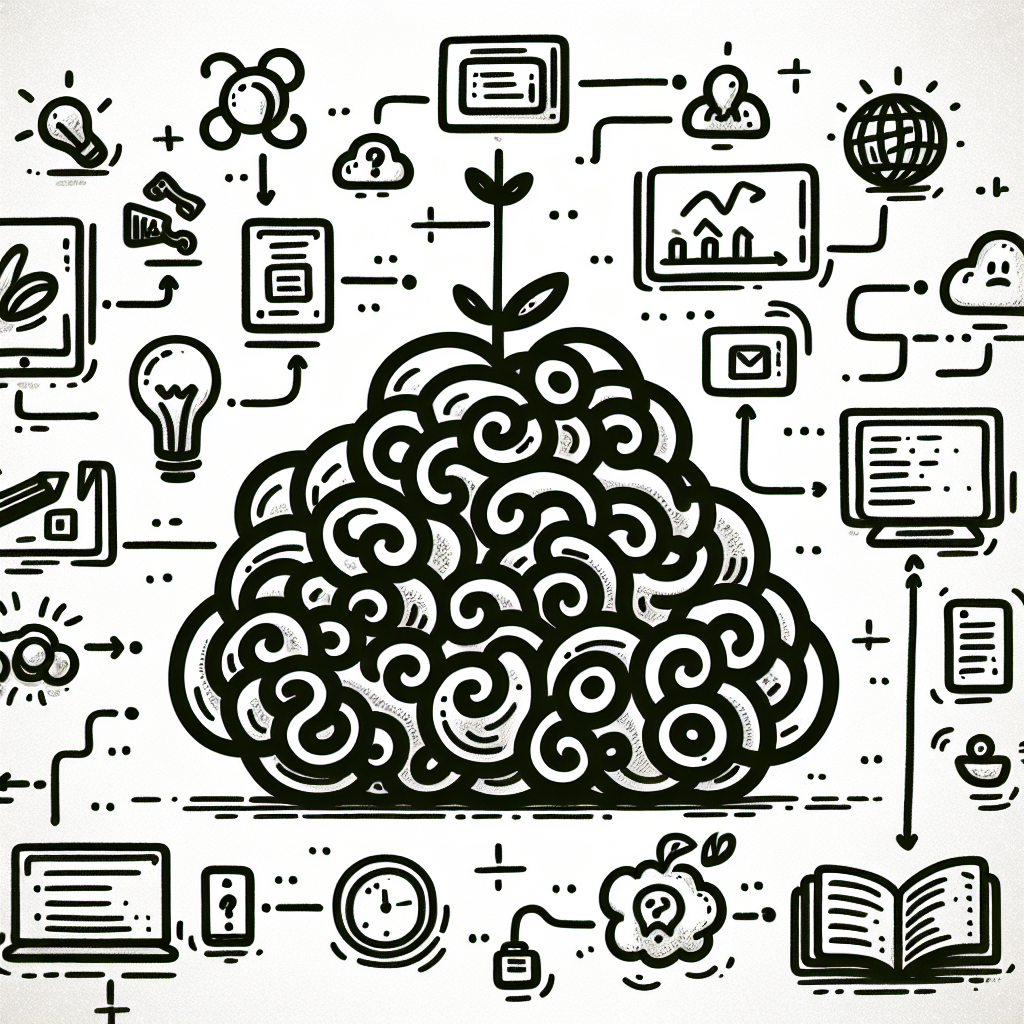
Measuring and Evaluating Digital Literacy
Standardized Assessments
Assessing digital literacy for students requires reliable tools that can measure competencies across a range of skills, including information evaluation, online communication, and safe technology use. Standardized assessments provide a structured way to gauge these competencies and ensure consistency in evaluation across different educational contexts. In addition to one-time assessments, continuous formative assessments are important to track student progress over time. These can include classroom-based digital projects, interactive quizzes, and real-time feedback mechanisms that help educators adjust instruction to meet students' evolving needs.
Global Comparisons and Data Insights
Understanding how digital literacy for students compares across countries can guide effective policy-making and curriculum development. The OECD report, Students, Computers and Learning: Making the Connection, explores how access to and use of information and communication technology (ICT) has changed globally and its impact on learning outcomes (OECD Report). The report highlights disparities in digital access and proficiency, emphasizing the need for tailored strategies in different regions. When interpreting global data, it is essential to consider local contexts such as infrastructure, teacher training, and cultural attitudes toward technology. This contextualization ensures that digital literacy policies are both relevant and effective.
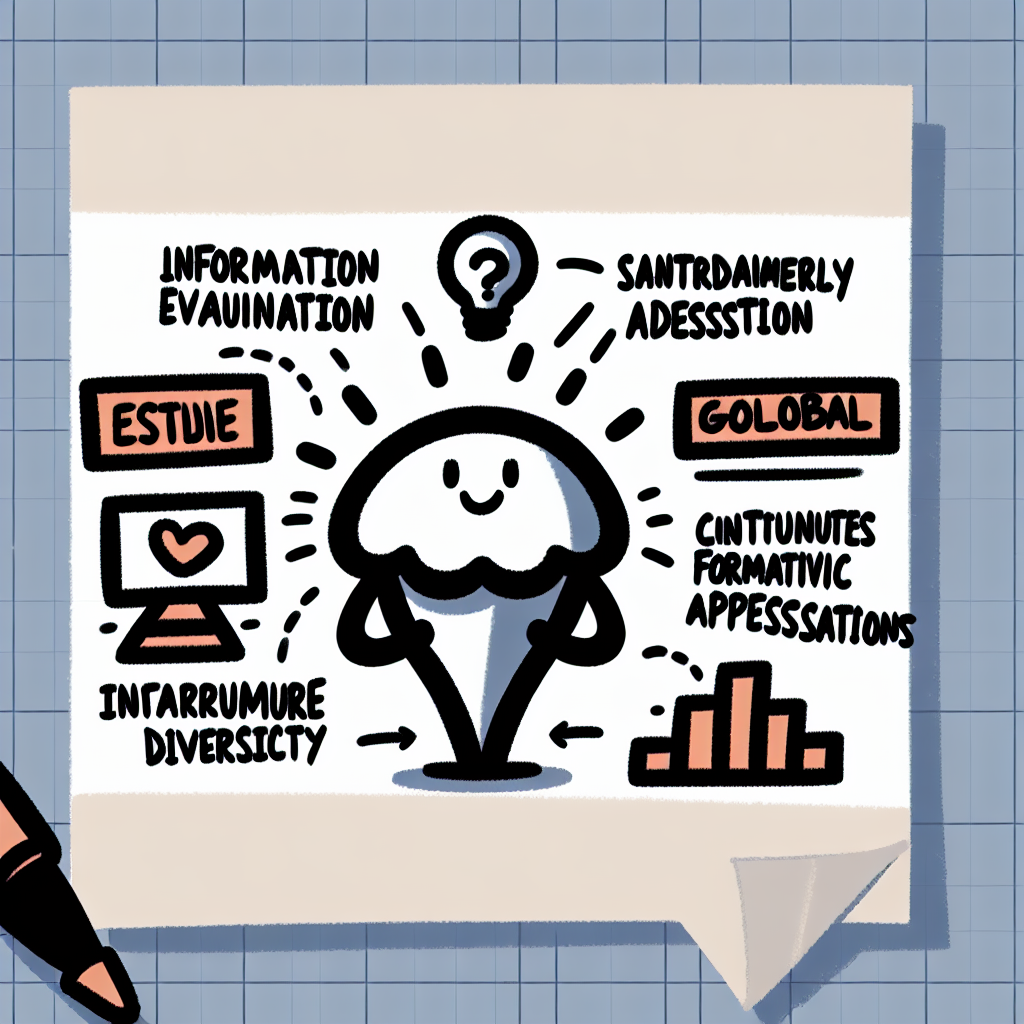
Policy and Infrastructure Solutions
Expanding Digital Access
Improving digital literacy for students begins with ensuring equitable access to technology and the internet. Federal and local broadband initiatives, such as the FCC's Emergency Connectivity Fund and municipal broadband projects, aim to close the connectivity gap that disproportionately affects low-income and rural communities. These efforts are essential to provide students with reliable internet access at home and in school.
Device distribution programs have also become critical in addressing the digital divide. Many school districts now supply students with laptops or tablets to support learning across multiple environments. However, access must be complemented by multilingual tech support, ensuring that non-English-speaking households can troubleshoot devices and navigate digital platforms effectively. Without culturally responsive support systems, access alone cannot guarantee meaningful participation in digital learning.
Institutional Collaboration
Addressing digital literacy for students requires collaboration among various stakeholders. Public-private partnerships play a key role in advancing digital equity by combining resources and expertise from government, industry, and nonprofit sectors. These collaborations can expand infrastructure, provide funding for digital tools, and develop training programs tailored to diverse student needs.
Schools, libraries, and community centers serve as critical access points for students who may lack resources at home. These institutions can offer internet access, digital literacy workshops, and safe environments for students to build their technological skills. Coordinated efforts between these entities amplify the impact of digital inclusion initiatives.
Advocacy and Long-Term Vision
Promoting digital literacy for students as a civil right underscores its importance in enabling full participation in modern society. Digital fluency is increasingly central to educational attainment, civic engagement, and workforce readiness. Recognizing it as a right can help prioritize funding, policy development, and accountability mechanisms at all levels of government.
Encouraging student voice in shaping digital learning environments ensures that solutions are responsive to the real needs of learners. When students are engaged in decision-making processes around digital tools and curriculum design, they contribute valuable insights and feel a greater sense of ownership over their learning journeys. This participatory approach is essential for building inclusive and effective digital literacy strategies.
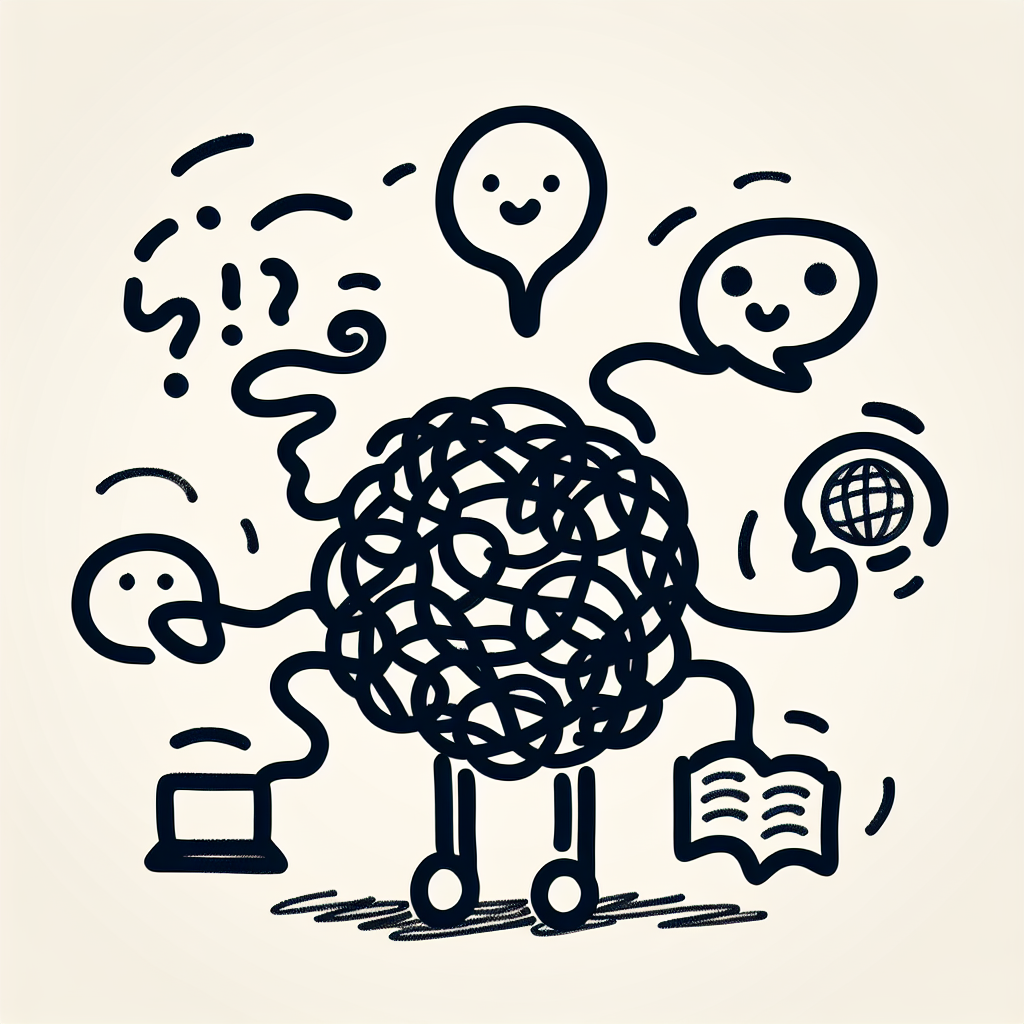
Conclusion
Digital literacy for students is no longer optional—it's essential. In a world increasingly shaped by technology, students must be equipped with the skills to navigate, evaluate, and create digital content responsibly and effectively. Without digital literacy, students risk falling behind academically, socially, and professionally.
Bridging the digital divide requires a collective effort. Educators must integrate digital tools into their teaching practices. Policymakers need to prioritize equitable access to technology and digital education in schools. Families and communities play a crucial role in supporting students' learning beyond the classroom.
To ensure every student has the opportunity to succeed in the digital age, we must invest in inclusive and sustainable digital literacy education. This means providing the infrastructure, training, and resources necessary to support learners from all backgrounds. Empowering students with digital literacy is not just a matter of academic success—it's a matter of equity and future readiness.
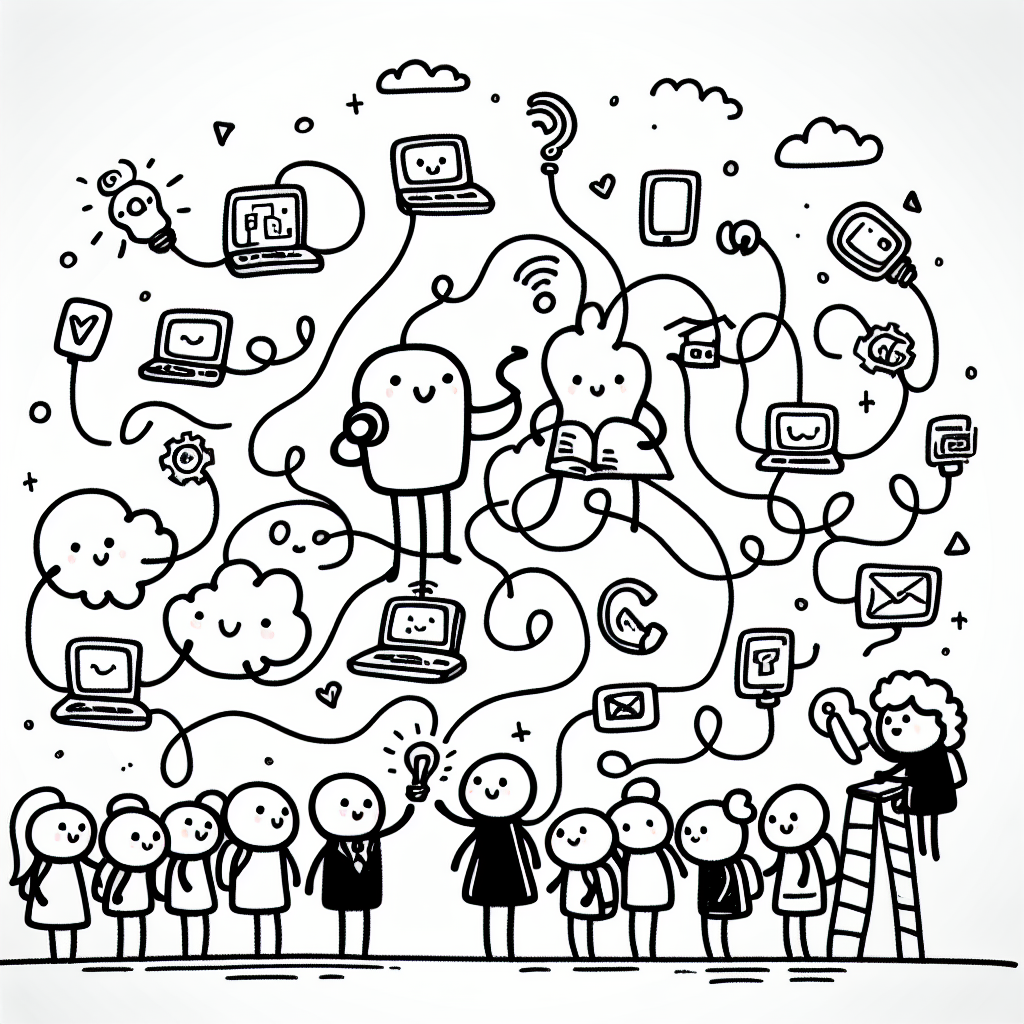



.png)


